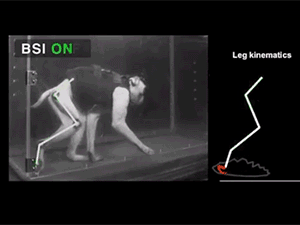I wanted to reiterate a notion that I brought up in class regarding social networks and online communities. The topic of how susceptible digital media such as social network feeds, advertisements, results to search queries, etc. is frequently discussed as a parallel to the openness and freedom that the Web affords us. By being open to all users, the web and all of its constituent parts are also open to corporate, political, and illicit exploitation. The trade-off has always been the universal access to these forms of media, which effectively places the price to access in compliant, even passive, participation in a highly exploitable format of social and cultural mediation.
I mentioned in class the value of closed networks citing the now-retired What.CD music sharing community. My suggestion is effectively challenging the benefits of “open” access to digital media against the benefits of maintaining social, political, cultural, and all other possible kinds of assemblages in a more controlled format. Because private trackers for music (or any other types of digital media) are not available to any and all persons who happen to stumble upon the site to become members of the community, the capacity for external parties to exploit this platform is severely diminished. However, the way that community operates can be dramatically unchanged from that of freely accessible platforms because, as The Stack and other readings pointed out, how people exist within this digital spaces is directly shaped by the protocols that enable those spaces to exist.
An inevitable contrast between public and private platforms for sharing and consuming media is the influence that unintended parties may have within those communities. (Here I mean that these parties are considered unintended or unwanted by the community itself, not by the media platforms that directly invites and profits from this participation.) Facebook, for instance, is dealing with the criticisms that its daily feed algorithm allowed fake news stories to influence how the consumers of those stories voted in the presidential election. Facebook, however, profits heavily from the public nature of this service and through the access it grants to explicit corporate entities in the form of advertisements and data-mining. The ease of access to Facebook also ensures that it becomes a dominant figure in social media further increasing its profitability. Not all “unwanted” participation is explicit or conducted with Facebook’s approval; The use of surveillance, scamming, phishing, and bullying are just a few examples of how being a public domain facilitates highly destructive entanglements between the community and those parties who wish to exploit the high degree of congregation and access this community allows.
In summary, perhaps the value that social networks, digital media, and constant connectedness offer to consumers is minuscule in comparison to the value we hold as consumers who are compliant in their own vulnerability. In the case of What.CD, it was the largest music database and music-based community in the world, and it operated illegally and entirely through member donations. It could not be public nor did it need to be.



